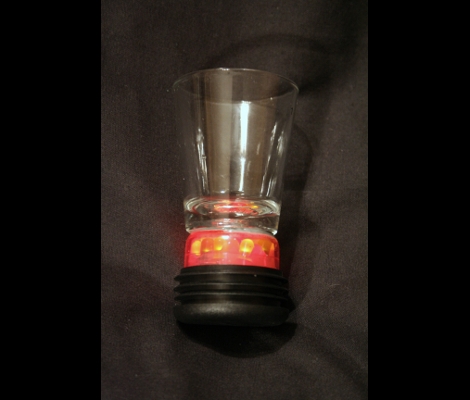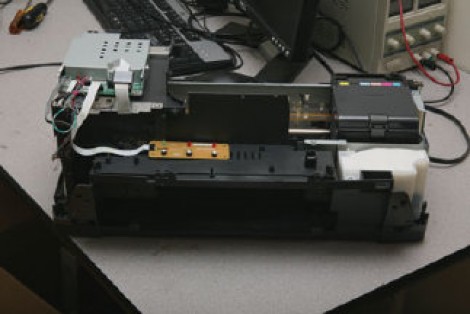
[Drewbagd] was inspired by the 555 timer contest and decided to make this his very first electronics project. It’s an accessory for a drinking game called the Power Hour. The game (if you could call it that) consists of contestants drinking one shot of beer every minute for one hour. [Drewbagd] points out that timing the shots can be an issue and so he decided to augment each shot glass with its own timer.
He added a base that consists of a ring of LEDs surrounding a 555 timer and the cap and resistors. This causes the timer to oscillate from illuminated for a few seconds (drink) to dark for one minute (refill). He calls it the Powered Power Hour. The video after the break shows off the functionality, and it hints at a bright future for [Drewbagd] as an infomercial Emcee.
He’s got a supporting post that detail the electronics and outline some of the prototyping issues. We were happy to hear that when he got stuck he found help over on Hackaday’s forums. Thank you to all who participate in the community by sharing their knowledge.
Continue reading “Timed Shot-glass Won’t Let You Stop Drinking”
















